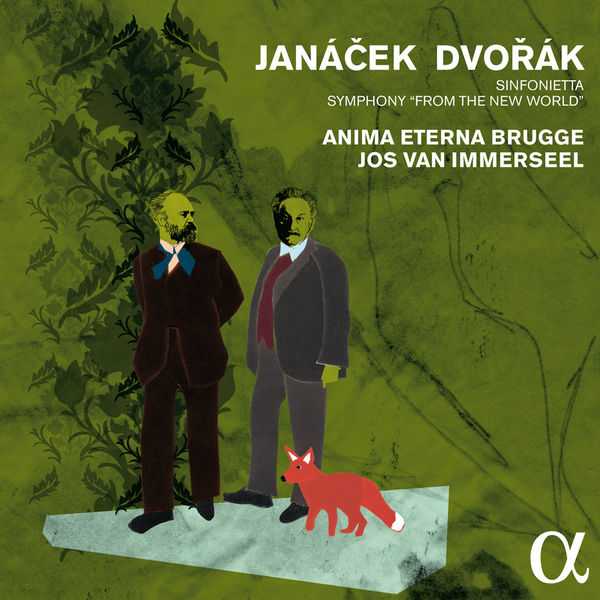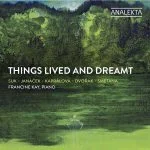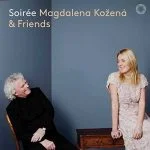

Composer: Antonín Dvořák, Leoš Janáček, Bedrich Smetana
Performer: Jos van Immerseel, Anima Eterna, Fanfare Janáček
Format: FLAC (tracks)
Label: Alpha
Catalogue: ALPHA206
Release: 2015
Size: 1.42 GB
Recovery: +3%
Scan: yes
Janáček: Sinfonietta
01. I. Allegretto
02. II. Andante
03. III. Moderato
04. IV. Allegretto
05. V. Andante con moto
Dvořák: Symphony No. 9 in E minor, Op. 95 ‘From the New World’
06. I. Adagio – Allegro Molto
07. II. Largo
08. III. Molto vivace
09. IV. Allegro con fuoco
Smetana: Má Vlast
10. II. Vltava
Happy Birthday, Mister Jos!
Jos Van Immerseel is celebrating his 70th birthday with three important releases that will punctuate the end of the year at Alpha: a symphonic programme (Janacek, Dvorak), a chamber music programme (Schubert) and a set grouping the rereleases of his recordings of French music.
These anthologies will once again demonstrate everything the pianofortist brings to the interpretation of the symphonic and chamber repertoires. With his musicians and companions from Anima Eterna, he has created a veritable musical troupe, in turn students, orchestral players, soloists… Together, they carefully select the most appropriate instrument to interpret a given piece, prepared to wait several months if necessary for the instrument to be ready before programming it. And together, they seek the sound and style corresponding to their ideal.
The autumn of 2015 will therefore be placed under the magic of Jos’s fortepiano, the original colours of the brass section in Janacek’s Sinfonietta, the magnificent voices of Thomas Bauer and his schoolmates…
Two glorious Czech masterpieces are presented on this 2014 release from Alpha, performed on period instruments by the exceptional Anima Eterna Brugge, directed by Jos van Immerseel. Considering that Antonín Dvorák’s Symphony No. 9 in E minor, “From the New World” was completed in 1893, and Leos Janácek’s Sinfonietta dates from 1926, and the period instruments movement mostly has been concerned with Baroque and Classical era works, original instrumentation might strike some listeners as odd. Yet performances in the late 19th and early 20th centuries called for instruments that differ substantially in construction and tone quality from modern models, and the variety of timbres was much greater with handmade instruments than the homogenized sounds of today’s mass-produced woodwinds and brass. When you hear Immerseel’s historically informed interpretations, note the warm, vibrant tones of the brass (including the additional forces of guest performers Fanfare Janácek) and the hard mallets on the timpani in the Sinfonietta, as well as the lighter, more transparent strings and penetrating woodwinds in the Symphony. This is not a conventional orchestral sound by any stretch of the imagination, but because it is wonderful in its richness and freshness, some will prefer this recording over mainstream renditions. Highly recommended.



